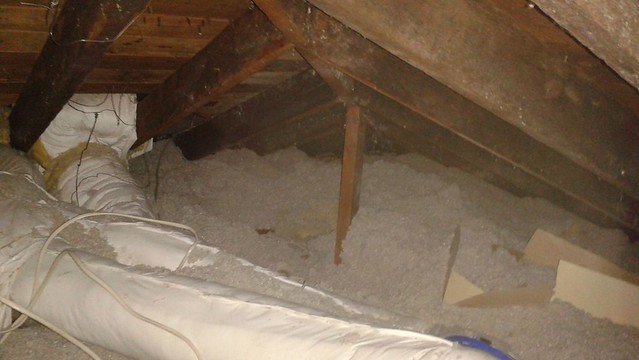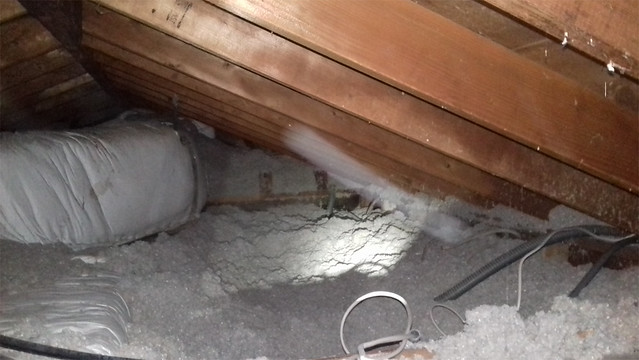After about 2 years dealing with this thing, it seems clear that the insurmountable and overwhelming amount of loose grey insulation (probably has asbestos too) in the attic is the main hindrance in the way of performing any work there (which is already claustrophobic anyways)


I called around yesterday regarding the removal of this insulation but nobody returned my phone calls yet. So, I was wondering how easy and fast it would be to remove all this disgrace from the attic; and the cost?
tk3000


I called around yesterday regarding the removal of this insulation but nobody returned my phone calls yet. So, I was wondering how easy and fast it would be to remove all this disgrace from the attic; and the cost?
tk3000





